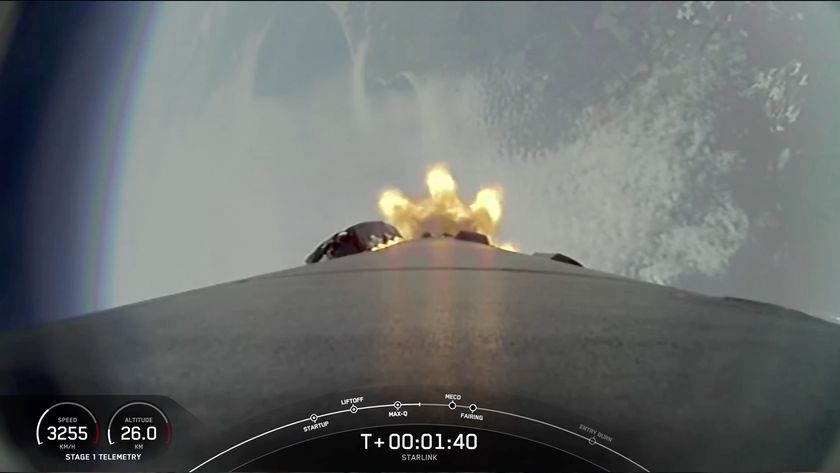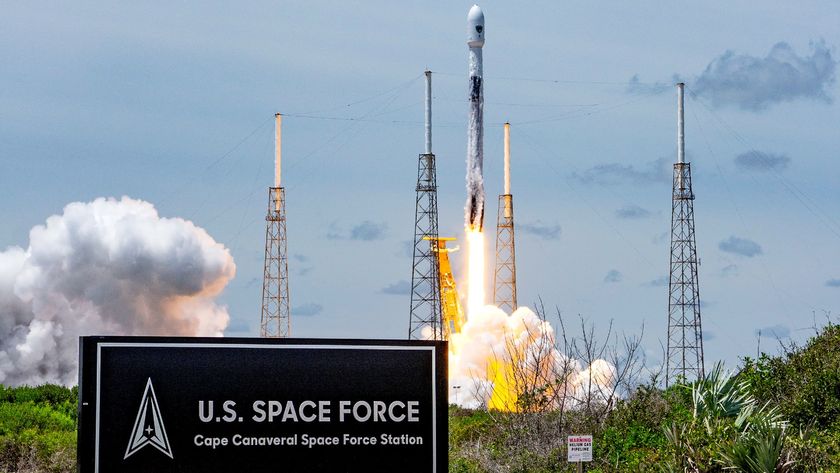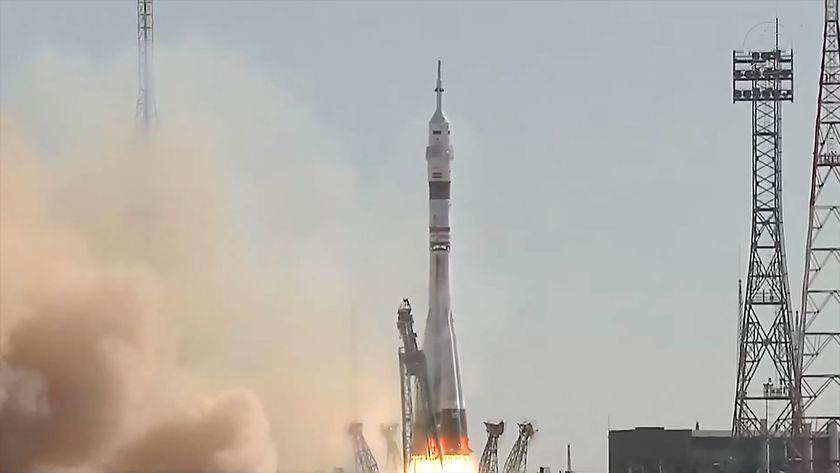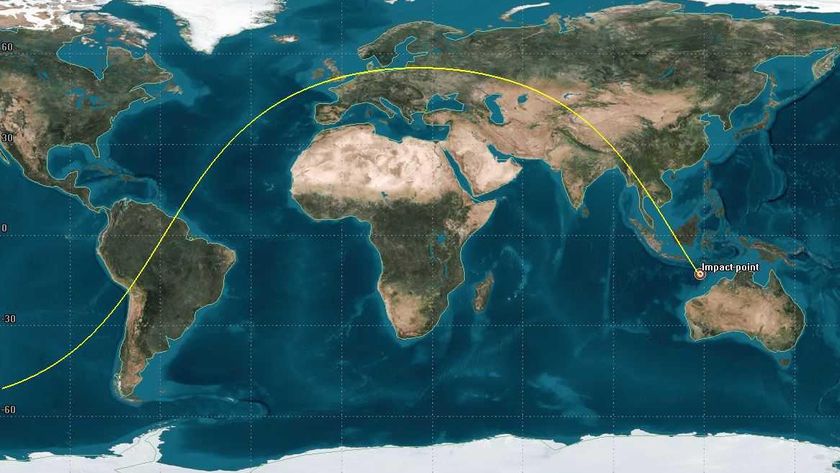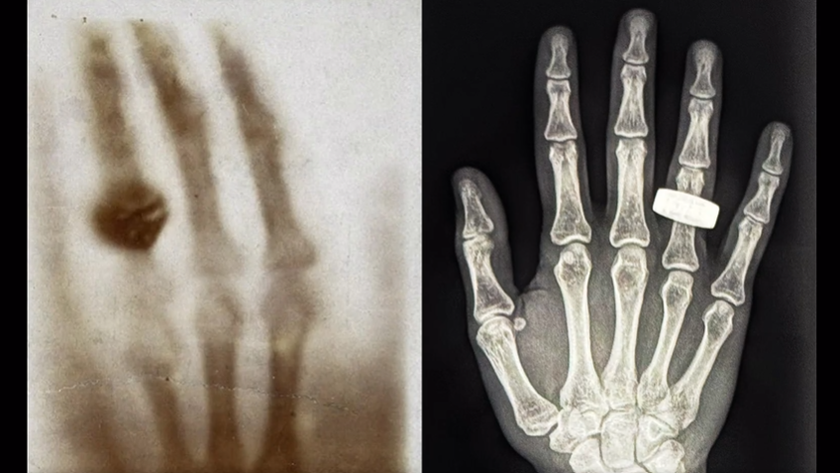Build to Launch: Lego Education to bring NASA's Artemis 1 mission into classrooms
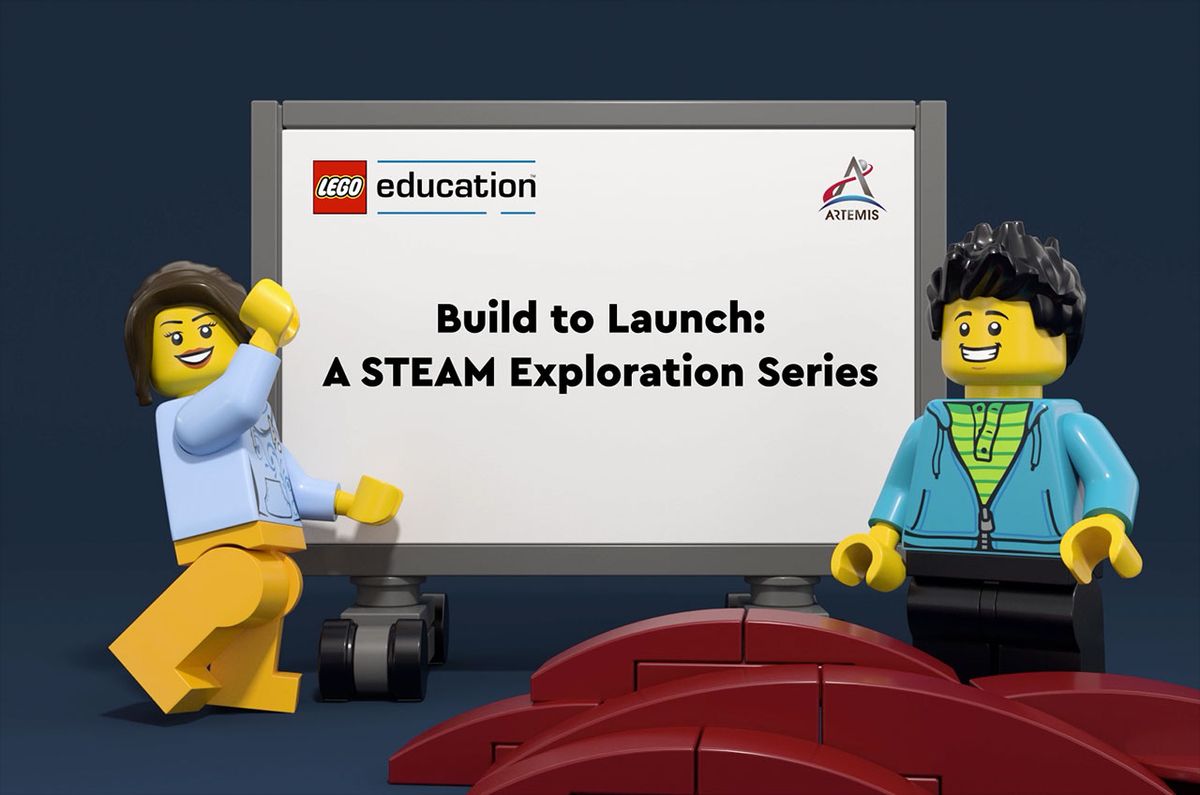
As NASA assembles the final parts for its return to the moon, Lego is ready to launch into classrooms with a learning series themed around the space agency's Artemis I mission.
Lego Education on Monday (June 21) announced "Build to Launch," a new digital learning series produced in collaboration with NASA. The free, 10-week program will lift off in September with interactive online episodes and hands-on lessons that are aligned with aspects of the upcoming Artemis 1 mission, including "Getting to Space," "Testing and Transport" and "Working in Space."
Related: Black Friday Lego deals
"Space is one of those things that sparks curiosity hugely, and curiosity helps drive engagement and engagement helps drive learning," said Esben Staerk, president of Lego Education, in an interview with Space.com. "Being able to engage in real world examples while they're taking place — [such as] bringing the mission into the classroom, trying to figure out what tools the astronauts are going to use and if those tools have to work on the ground or in space, and so on — hopefully sparks some future STEAM [science, technology, engineering, art and math] careers and maybe some future workforce for NASA."
"That gets onto the moon and from there, maybe onto Mars," said Staerk.
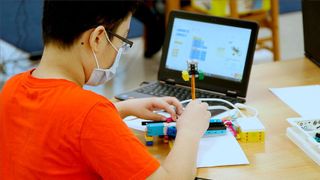
Targeted for launch in late November, Artemis I will be the first integrated test of NASA's deep space exploration systems. An uncrewed Orion spacecraft will lift off atop a Space Launch System (SLS) rocket to fly farther than any spacecraft built for humans has ever flown — beyond the moon — over the course of about three weeks.
Artemis I is planned as the first in a series of increasingly complex missions, leading up to and through returning humans to the moon, including landing the first woman and first person of color on the lunar surface.
Get the Space.com Newsletter
Breaking space news, the latest updates on rocket launches, skywatching events and more!
The "Build to Launch" lessons, developed by Lego Education in partnership with NASA, are designed to excite teachers and students about Artemis 1. As students progress through each learning module, they will take on some of important jobs needed to launch, testing their problem solving and teamwork skills. Students will work hands-on, designing and prototyping, iteratively testing and working together to build and assemble parts much like the stacking of the Artemis 1 mission's SLS rocket, which is now underway at the Kennedy Space Center in Florida.
"Every NASA mission requires people from a wide range of STEM careers, skills, backgrounds and interests. Today's students are the Artemis Generation — learning about space and the Artemis I mission through hands-on activities will introduce them to the many careers they can pursue," Mike Kincaid, associate administrator in NASA's office for STEM engagement, said in statement.
As part of the program, students and teachers will be able to tune into online "press conferences" led by Kate and Kyle — a pair of minifigures from the Lego Education SPIKE Prime set — as they prepare for the Artemis I mission as part of the space team. Each broadcast will set up the theme of the next learning module and students will be encouraged to submit questions ahead of time for Kate and Kyle and their NASA counterparts to answer.
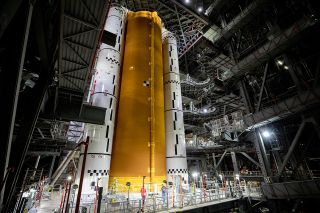
"Our minifigures, Kate and Kyle, sort of personify the astronauts. When kids play, they say, 'Okay, this [minifigure is] me and I am this role,' so we are really making it relevant and also achievable and close," Staerk said.
Although the "Build to Launch" lessons may overlap milestones in the countdown to the real Artemis I mission, they are designed to run independent of NASA's activities, such they can be incorporated into teachers' existing curriculum. The series will be available online for free and can easily be adapted for non-tech use with materials available in classrooms everywhere or with Lego Education sets.
Lego is inviting teachers and parents to sign up now to receive more information and be notified when the "Build to Launch: A STEAM Exploration Series" Teacher Resource Guide becomes available before the full experience launches in the fall.
The "Build to Launch" series comes at a pivotal moment in education, says Staerk, when students need meaningful, hands-on learning experiences.
"As we talk about learning through purposeful play, one of the characteristics is that it has to be personally meaningful. I think space as something real to explore — [as in] it's actually happening, right? It's not just a story about someone in space — is super engaging," said Staerk. "And that's what NASA brings here."
Follow collectSPACE.com on Facebook and on Twitter at @collectSPACE. Copyright 2021 collectSPACE.com. All rights reserved.
Join our Space Forums to keep talking space on the latest missions, night sky and more! And if you have a news tip, correction or comment, let us know at: community@space.com.

Robert Pearlman is a space historian, journalist and the founder and editor of collectSPACE.com, a daily news publication and community devoted to space history with a particular focus on how and where space exploration intersects with pop culture. Pearlman is also a contributing writer for Space.com and co-author of "Space Stations: The Art, Science, and Reality of Working in Space” published by Smithsonian Books in 2018.In 2009, he was inducted into the U.S. Space Camp Hall of Fame in Huntsville, Alabama. In 2021, he was honored by the American Astronautical Society with the Ordway Award for Sustained Excellence in Spaceflight History. In 2023, the National Space Club Florida Committee recognized Pearlman with the Kolcum News and Communications Award for excellence in telling the space story along the Space Coast and throughout the world.

